One of the biggest benefits of an ERP is that it solves so many problems. It centralizes data, automates processes, and keeps your company connected. Because of the versatility of your ERP, your company’s executive team may be reluctant to approve the implementation of other software solutions. However, there are many cases in which, although an ERP technically could work, a specialized solution opens up vast new possibilities and benefits.
If your company deals with a large volume of documentation—such as customer invoices, contracts, business proposals, and more—your ERP will simply not be able to give you the functionality that a document management system (DMS) can. In fact, by integrating your ERP and your document management system, you can still avoid data silos while reaping the benefits of this specialized solution.
7 Benefits of a DMS
Here are 7 benefits that a DMS can give you compared to using your ERP to store all your documentation:

- Improved search capabilities: Within an ERP, documents are usually stored as images, which means that the information within those documents isn’t searchable. A DMS will perform Optical Character Recognition (OCR) on your documents, which means you can search for information within a certain document, not just its file name.
- File organization: Oftentimes, an ERP will not link related documents or organize them based on type—they’ll just toss your document into a database with every other document you’ve ever created. A DMS can organize your documents within types or folders while still allowing you to search its entire database for a document.
- Triggered workflows: One special feature of a DMS is that it can trigger certain workflows whenever a document of a certain type is uploaded or approved. For example, contracts or invoices can automatically be routed to different departments for approval. A DMS can even move documents from approval to approval without any manual intervention.
- Time, cost, and storage savings: Because an ERP was not meant to serve as a large document database, it usually does not compress file thumbnails or provide vast amounts of storage. A DMS, on the other hand, compresses file images where appropriate, saves your employees time through automated workflows, and gives you huge amounts of document storage.
- Differing process capabilities: In a document-heavy business, certain departments may have very different ways to handle documentation creation, approvals, and more. An ERP, due to its very nature, often can’t specialize documentation processes at the department level. However, a DMS can do this with ease. It can even implement retention policies automatically.
- External data sources: Because an ERP is usually an entirely internal system, it usually doesn’t handle external data sources well. However, with a DMS, you can easily and securely share and receive documents from external sources.
- Flexibility and collaboration: In contrast to an ERP, a DMS allows for much more flexibility surrounding documentation. For instance, employees collaborating on a document within a DMS have access to a singular interface (no more emailing versions back and forth) as well as a complete version history, so you can see who made what changes and when.
Looking to Implement Your Own DMS?
If you’re in the market for a DMS to manage your document-heavy business, Laminin is here to help! We recommend M-Files, a powerful, metadata-driven DMS that provides endless possibilities as well as strict security and compliance measures. We can help you implement, customize, and integrate your DMS with your ERP so that you maintain the benefits of centralized data. Contact us today to talk to our team of experts.





